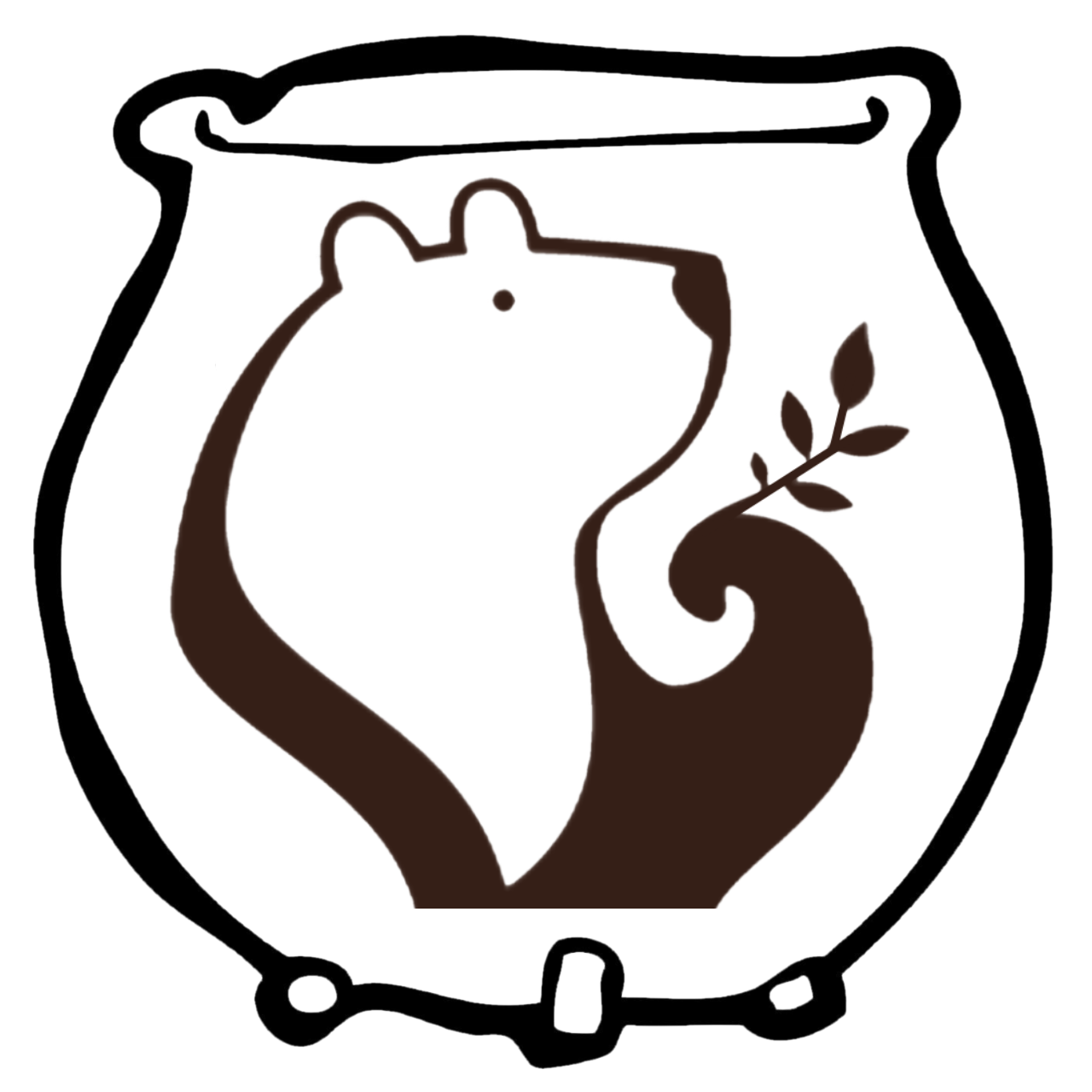Momma Bear
Magic
The Wild Hare
If Hare has jumped into your life, be prepared to think quickly without getting flustered. Trust your instincts and hop to it!
The Magic of Hare
Significant Qualities
Adapt
Intuit
Wild
Independence
Change
Time
Day: Dusk, Night
Month: March
Season: Spring
Sabbat: Ostara
Moon: Full
Planet: Moon
Zodiac: Chinese
Magic
Chakra: Root
Tarot: Knight of Wands
Rune: Onn
Archetype: Trickster
Gods: Artemis, Hecate, Holda, Cerridwen, Freyja, Eostre
Nature Spirits: Fair Folk
Symbols
Stone: Jade, Moonstone, Labradorite, Moss Agate
Herb: Plantago major
Element: Earth
Number: 4
Direction: East
Gender: Masculine
Color: Unknown
The Science of Hare
Mammology
Latin Name: Lepus townsendii (White-tailed Jackrabbit)
Family (Family): Leporidae (Hares & Rabbits)
Other names: Jackrabbit
Group name: A flick of hares
Female: Jill
Male: Jack
Baby: Leveret
Type: Mammal
Size: 22 – 26 in.
Weight: 5 – 10 lbs
Life expectancy: 3-8 years
Sustainability: Least Concern
Behavior
Shelter
Range
Diet
Mating
Gestation
Predators
The Folklore of Hare
Proverbs and Sayings
British Proverb
West African Proverb
Italian Proverb
Korean Proverb
Dutch Proverb
Latin Proverb
Bambara Proverb
But I would rather be the hare,
That crouching in its sheltered lair
Must start at every sound;
That forced from cornfields waving wide
Is driven to seek the bare hillside,
Or in the tangled copse to hide,
Than be the hunter’s hound.




